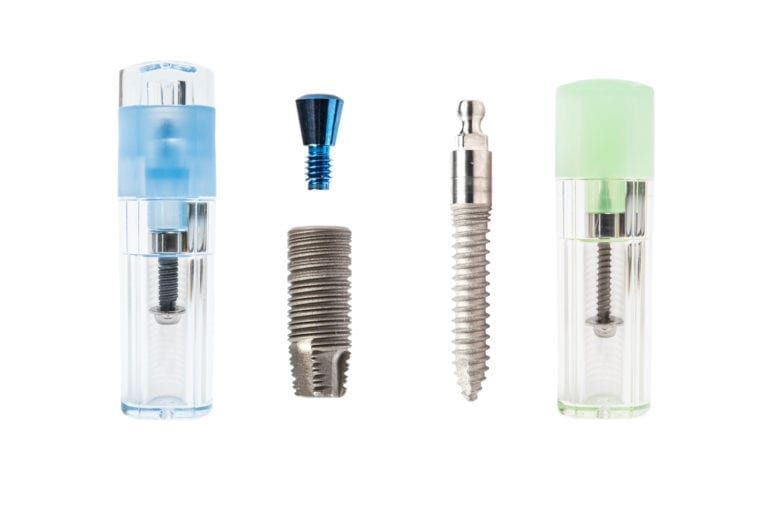Dental implants are commonly recommended by dentists as one of the best ways for replacing missing teeth. This is because they act as artificial tooth roots and are extremely strong and long-lasting. Additionally, when implant screws are placed into the jawbone, they provide the necessary stimulation to maintain proper bone mass.
Dental implants are extremely versatile and can replace as little as a single tooth or as many as an entire mouthful of teeth, as well as everything in between. They can also be used to replace a tooth that is severely damaged or decayed. In some cases, an implant can be placed immediately after the extraction of a damaged or decayed tooth.
To place a dental implant, an incision will be made in the gums to access the jawbone. Then, the tooth socket will be shaped to accommodate the implant screw. Once the implant screw is screwed into the jawbone, the abutment, or connector piece, is screwed into the implant screw. This abutment looks like a metal post and it will eventually have the dental prosthetic cemented to it.
The number of missing teeth replaced by dental implants depends on the dental prosthetic that is attached to the abutment. There are three different types of dental prosthetics that can be used in coordination with dental implants, including:
Dental Crowns
A dental crown is a tooth-shaped cap that normally fits over the top of a natural tooth. Implant-supported crowns, however, are adhered to the metal abutment post that sticks out of the implant. Implant-supported crowns are used to replace a single missing tooth and can be used in both the front and back of the mouth.
Dental Bridges
A dental bridge is composed of two dental crowns with one or more fake teeth in between. With an implant-supported bridge, implant-supported crowns are used to anchor the entire bridge in place. This means that two dental implants must be placed in the jawbone. Since bridges are used when multiple adjacent teeth are missing, one implant will usually be placed at each end of the gap left by missing teeth.
Dentures
A full denture can replace an entire upper or lower arch of missing teeth. Implant-supported dentures are similar to full dentures, however they don’t require the excess denture material at the top of the mouth because they are supported by implants. In most cases, an implant-supported denture can be supported by placing approximately four to six dental implants. When four dental implants are used, this is called “All-on-Four implants”.
Overall, if you are considering dental implants, you will need to choose between one of these three methods. In some cases, the decision is simply made for you depending on the number of missing teeth you have. In other cases, you may need to discuss the best option with your implant dentist. There are also cases where you may need to use a combination of methods to achieve your treatment goals. Ultimately though, dental implants can offer you a number of possibilities with these three options.




